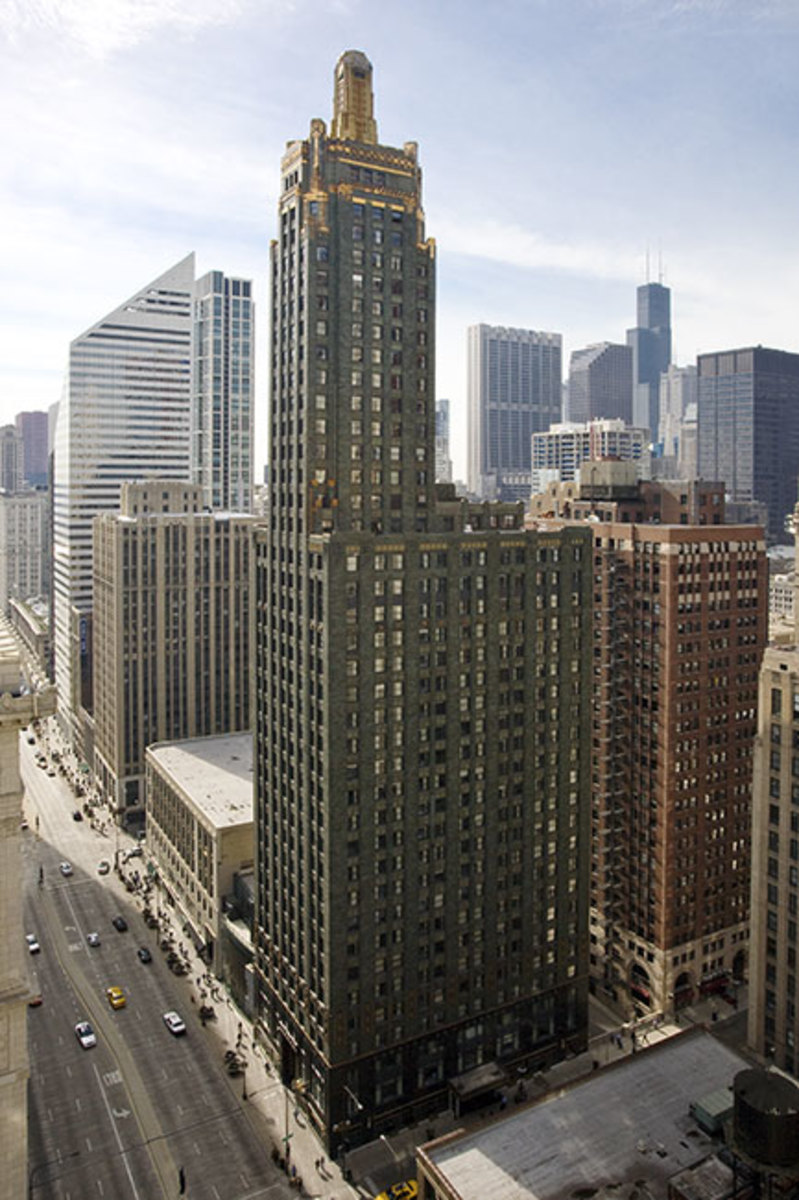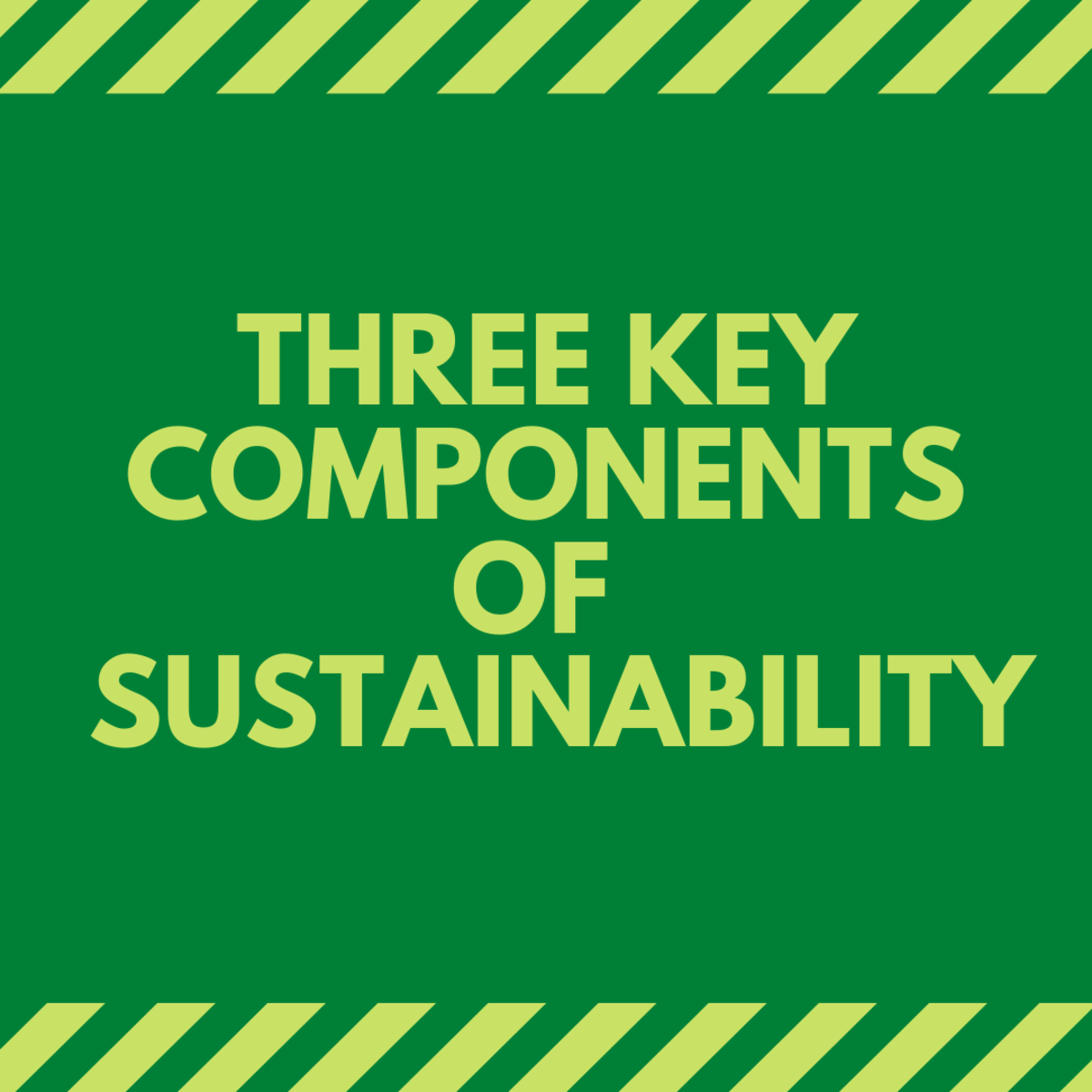America's Premiere LEED-Certified Hotels
The most environmentally sustainable hotels are LEED-certified hotels. LEED, or Leadership in Energy and Environmental Design, a performance benchmark of the U.S. Green Building Council, offers measurable tools on building performance and grants certifications to high performance green building projects. The very best LEED projects earn a “Platinum” status.
Hotels in the U.S. are a prime opportunity for sustainable reform. They use more than five billion square feet of space and cost $4 billion in annual energy costs. Now hotels are buying into green building practices, seeing that to be environmentally conscious is to also reduce operating costs. Out of the many LEED-certified hotels in America, only three have achieved LEED platinum status. Let’s visit them.
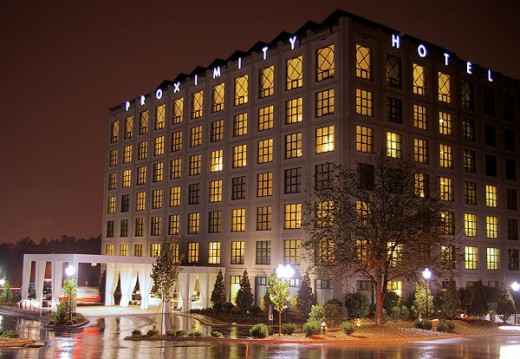
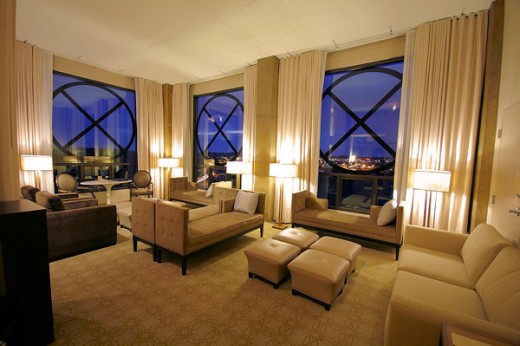
Proximity Hotel - Greensboro, NC, 2008
America’s first LEED Platinum hotel, the 147-room Proximity uses 40 percent less energy than a conventional hotel. The luxury hotel features North America’s first Regenerative Drive (Gen2) elevator. A green roof atop the 4-star bistro helps reduce heat island effect. Seven hundred feet of a nearby stream was restored with local plants to reduce erosion and create a floodplain. Abundant natural lighting reduces electricity expenses, including the use of 7’4” square windows in guest rooms. Guests get a direct line of sight to the outdoors for more than 97 percent of all regularly occupied spaces. Further, sustainability tours, symposia, and outreaches are offered to guests and the community.
Experience Bardessono
Bardessono - Yountville, CA, 2009
The 62-room, ultra-luxury hotel in Napa Valley boasts a 200-kilowatt solar energy system and 72 geothermal wells in their energy reduction achievements. Each guest room has 200 square feet of glass that allows for natural lighting. Many materials used for the interior and exterior of the Bardessono were sourced from salvaged trees and other construction materials within a 500-mile range. Notably, contractors were able to recycle 93 percent of the hotel’s own construction waste. The second LEED-certified Platinum hotel offers guests organic linens and cleaning supplies, locally sourced organic foods, and rooms without carpets and draperies, which often harbor mites and odors.
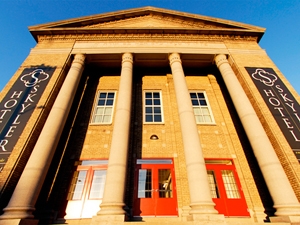
Hotel Skyler - Syracuse, NY, 2011
The third hotel to prove excellence in green building, the 58-room Hotel Skyler, snuggled against the campus of Syracuse University, is the only hotel here created from an existing building. First used as a Jewish temple and later a theater, the 100-year old building, slated to become a high-end apartment site until the recession hit, was purchased and restyled to include geothermal heating and cooling features. The boutique hotel purchases 35 percent of its energy from certified renewable energy providers. An energy-saving keycard system powers down rooms when they are unoccupied.
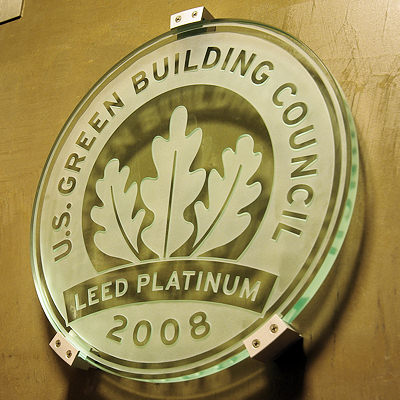
The LEED Certification System
LEED primarily offers three tools to building owners and operators. One is its Rating System that lets anyone incorporate sustainable practices without certification. Another tool is its Professional Accreditation whereby people can become LEED professionals.
The Certification System offers third-party verification that a project achieves the highest green building measures. All LEED building projects are required to fully meet certain prerequisites. Thereafter, 100 points are available in the rating system and at least 40 points must be earned for base-level certification. The levels of certification are Certified, Silver, Gold, and Platinum and recipients are awarded a plaque upon success. Fees for LEED certification range from $2,000 to more than $20,000.

